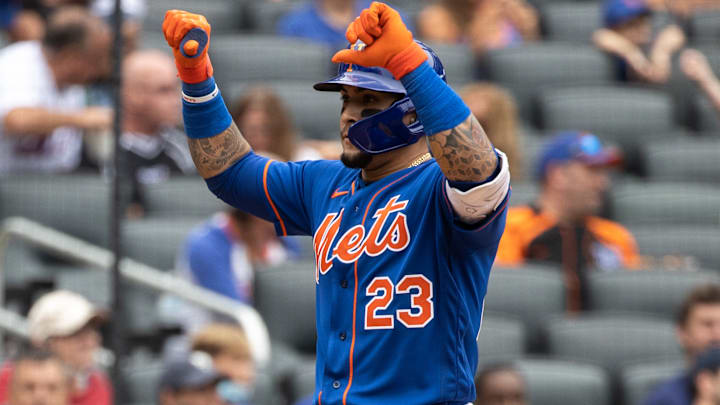The MLB trade deadline is the last point of the season at which players can be traded from one club to another. It can sometimes be considered to be a mid-summer Christmas morning for teams who are still in the hunt for the postseason. It's the dream of every New York Mets fan for them to be buyers at that point of the season.
Players whose contracts will expire at the end of the season are made available by teams who are considered out of contention and shopped to the teams whose dreams may still be alive. Teams are usually not going to trade much for the services of a player for only two or three months, but it gives the trading team the opportunity to get something back for a player who was about to walk away without any compensation.
Every once in a while, there is a bidding war for certain players as teams try to attain that missing piece to bring them to the promised land. While this is usually a positive process for both team, it can get out of hand. Impatience on the part of some GM's can also be a cause of some teams trading far too much for short term help. There are even a few times that the Mets paid far too much for such little return. I’m sure you’ll remember them all.
1) NY Mets trade for Kenny Rogers was an overpayment
The 1999 Mets were in the thick of the pennant race for the first time in over a decade. They were in a nip and tuck battle with the Cincinnati Reds for the last playoff position. The team decided that they needed more starting pitching to fortify their staff for the stretch run. On July 23, 1999, the Mets traded prospect Leo Vazquez and their 1994 first round selection, the 20th overall pick of the amateur draft, Terrence Long to the Oakland Athletics for pitcher Kenny Rogers.
While Rogers did help the team in their drive towards the playoffs, going 5-1 in his short tenure, he is best remembered for his walk-off-walk that forced in the winning run for the Atlanta Braves in Game 6 of the 1999 NLCS, thus ending the Mets post season and providing the Braves with the chance to move on to the World Series. Leo Vazquez would never make it to the major leagues, but Terrence Long went on to have an eight year major league career with the Athletics, Padres, Royals, and Yankees. He finished second in the 2000 American League Rookie of the Year voting, slugging 18 HRs, 80 RBIs, and hitting .288 that season.
The 1999 season may be remembered by some Mets fans for Al Leiter pitching a 2 hit, 5-0 shutout against the Cincinnati Reds in the one game Wild Card playoff to reach the post season. It may also be known to some fans for Todd Pratt’s walk off home run against the Arizona Diamondbacks that propelled the Mets into the NLCS. But the 1999 season is probably best remembered for Kenny Rogers throwing ball four to Andruw Jones on a 3-2 count with the bases loaded forcing in the winning run, sending the Braves to the World Series and sending the Mets home. It’s one of those memories that if you close your eyes, you can still picture it. Kenny Rogers became a free agent following the 1999 season and signed with the Texas Rangers.
